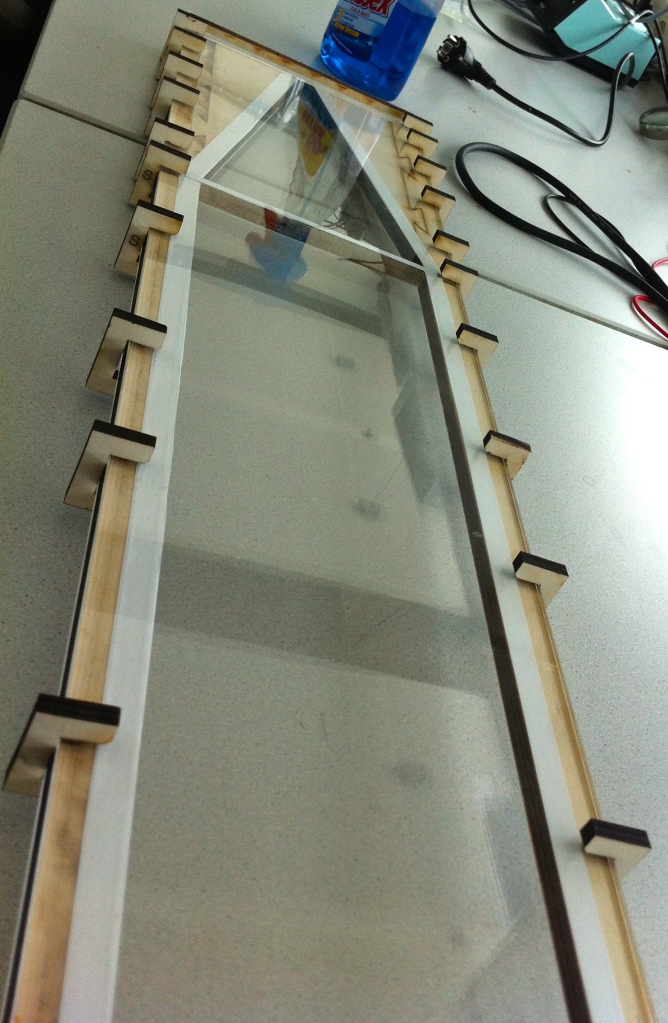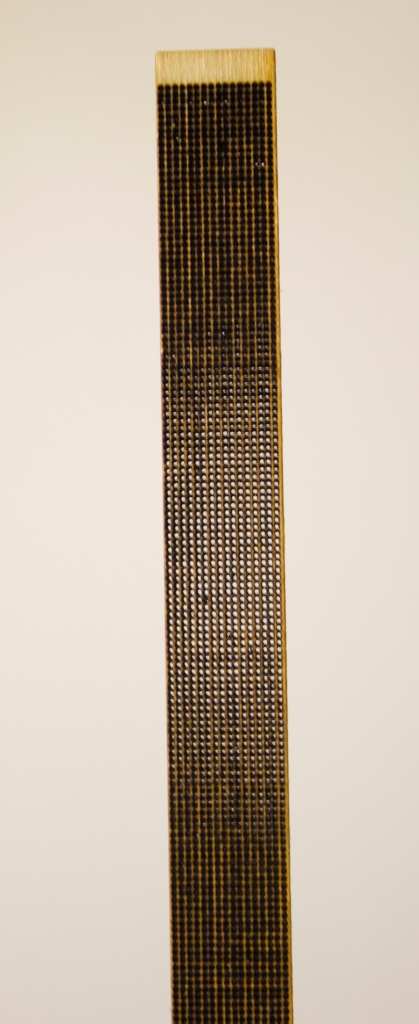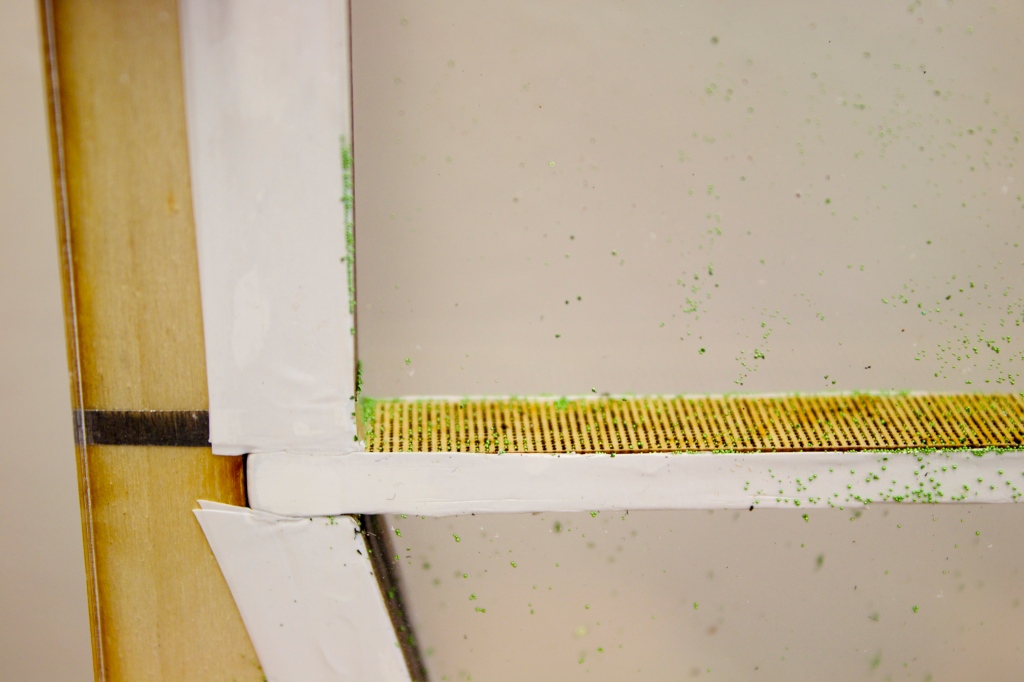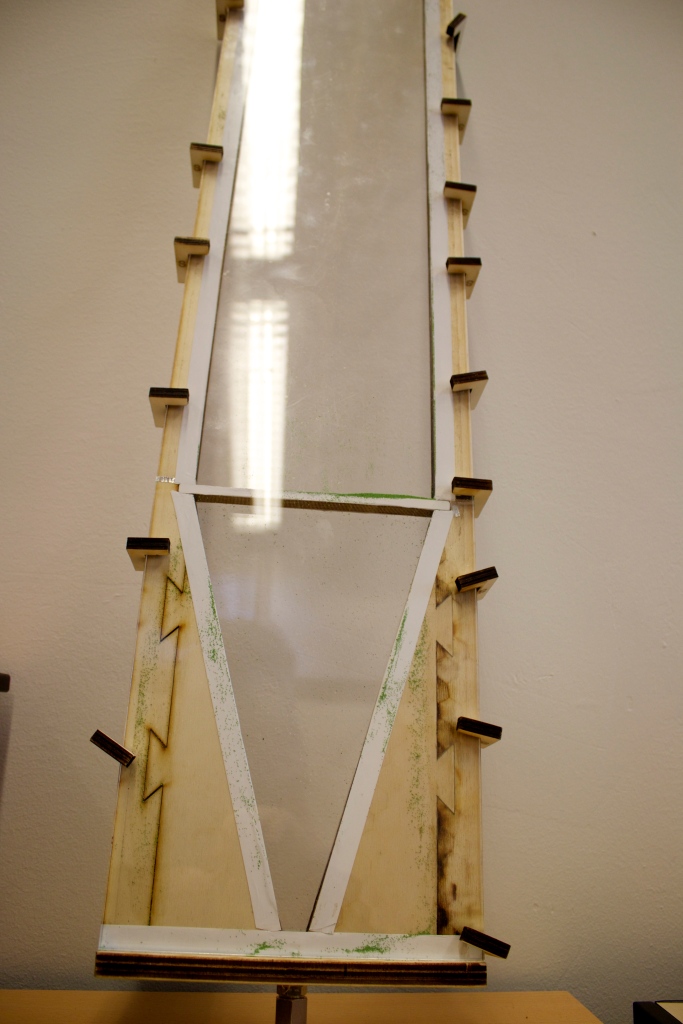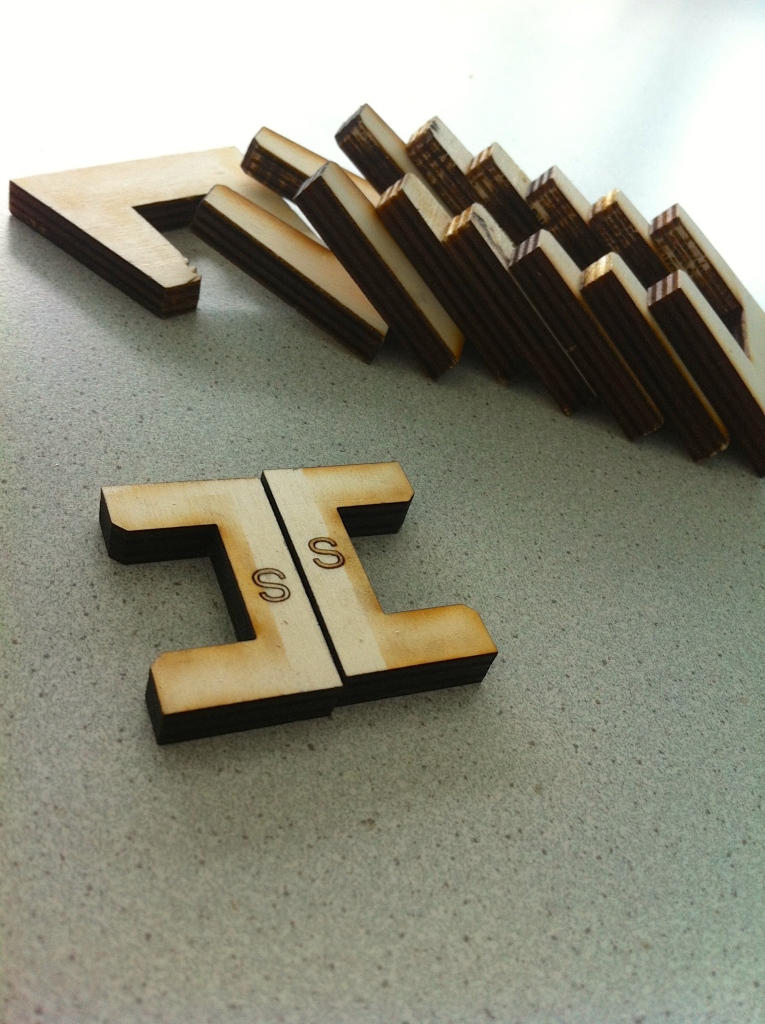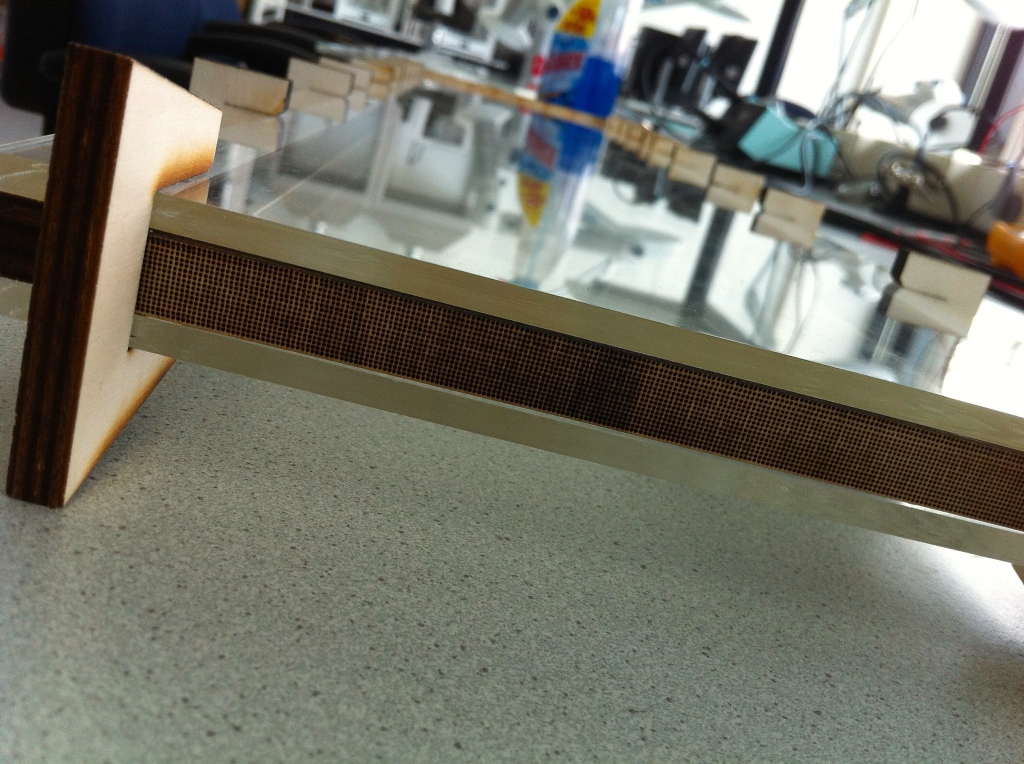A fluidized bed is formed when a quantity of a solid particulate substance (usually present in a holding vessel) is placed under appropriate conditions to cause a solid/fluid mixture to behave as a fluid. This is a small experiment built to demonstrate the concept for a wide audience. It has been taken to fairs and school to get the student interested in the science behind.
The main concept was built during a summer school in which I held a course on rapid prototyping for dissemination, it was afterward refined to polish design faults and make it more reliable.
This demonstrative project was developed under the hat of T-MAPPP, EU project. The central element is the bed on which the particles lie. A set of holes of the diameter of 0,02mm diameter is laser cut into the wood. The demo is filled with glass beads and connected to a compressor that blows air from underneath, creating the effect of fluidization through the central element. Once set under the correct pressure (depending on the particles size), the particles behave like a fluid bubbling.
